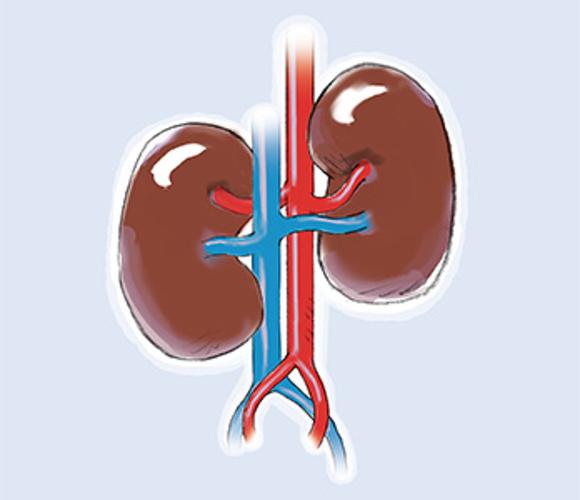The former U.S. President Bill Clinton was diagnosed with prostate cancer. Don’t let this happen to you. Check below to learn more.
Types of Prostate Cancer
Prostate cancer isn’t a single entity; it comes in different forms. The main categories are localized and advanced prostate cancers. Localized prostate cancers are confined to the prostate gland, while advanced cancers have spread to other parts of the body. There are also subtypes based on the cells involved and specific biomarkers. Understanding these types is crucial for determining the most effective treatment strategies. Some types are more aggressive and may require more intensive treatment, while others may progress more slowly.
Risk Factors for Prostate Cancer
The exact cause of prostate cancer remains unknown, but several risk factors have been identified. These can be divided into non-modifiable and modifiable risks. Non-modifiable risks include age, family history, and ethnicity. As men get older, especially after age 50, the risk of prostate cancer increases. Men with a family history of prostate cancer are also at higher risk. Modifiable risks include diet, lifestyle choices, and obesity. For example, a diet high in red meat and low in fruits and vegetables may increase the risk. By being aware of these risk factors, men can take preventive measures and be vigilant about their prostate health.
Common Symptoms of Prostate Cancer
Recognizing the symptoms of prostate cancer can lead to early diagnosis and better treatment outcomes. In the early stages, prostate cancer may not cause any noticeable symptoms. However, as the disease progresses, symptoms may include difficulty urinating, frequent urination, weak urine flow, blood in the urine, and pain in the pelvic area. Men should be aware of these symptoms and seek medical attention promptly if they notice any changes.
Diagnostic Procedures for Prostate Cancer
To diagnose prostate cancer, healthcare providers use a combination of tests. The most common ones are the prostate-specific antigen (PSA) test, digital rectal examination (DRE), and biopsy. The PSA test measures the level of PSA in the blood, which can be elevated in men with prostate cancer. The DRE involves a physical examination of the prostate gland. If these tests indicate a possible problem, a biopsy may be performed to confirm the presence of cancer cells.
Treatment Options for Prostate Cancer
Treatment for prostate cancer depends on several factors, including the stage of the cancer, the patient’s age and overall health, and personal preferences. The main treatment options include surgery, radiation therapy, hormone therapy, and chemotherapy. Surgery may involve removing the prostate gland (prostatectomy). Radiation therapy uses high-energy beams to kill cancer cells. Hormone therapy can slow the growth of cancer cells by blocking male hormones. Chemotherapy is often used for advanced prostate cancer. The treatment plan should be a collaborative decision between the patient and the healthcare team.
Prostate cancer diagnosis can be a challenging time for patients and their families. Along with medical treatment, emotional and psychological support is crucial. Support groups, counseling, and educational resources can help patients and their families cope with the stress and uncertainty. Awareness campaigns and early detection efforts are essential for reducing the impact of prostate cancer. By working together, we can improve prevention, diagnosis, and treatment, and ultimately improve the lives of those affected by prostate cancer.
Read more>>




